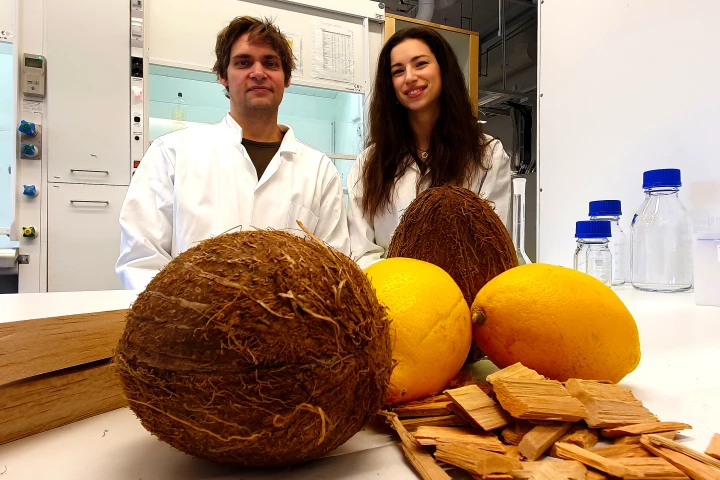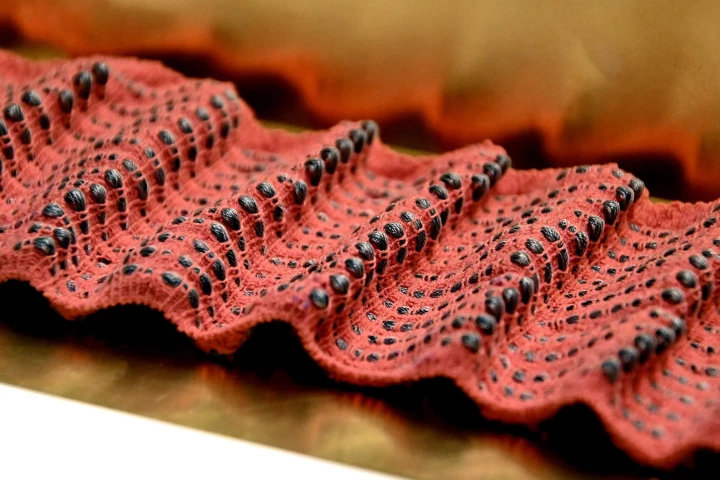KTH Royal Institute of Technology
-
A plane wing that changes shape in flight to better handle the airflow crossing it could be on the horizon thanks to a materials science advance from researchers in Stockholm. The trick involves the melting and hole-punching power of lasers.
-
Swedish scientists have demonstrated a new potential way to manage diabetes, one of the most pressing health problems of our time. It turns out the eye might be a useful place to implant insulin-producing cells to control blood sugar levels.
-
Wood isn’t usually very good at conducting electricity, but now scientists have created the first functional wooden transistor. It’s not the best, and it requires some processing, but it does work and could help make for biodegradable electronics.
-
Energy prices around the world have been rising alarmingly since 2021. While some have shared advice on how to heat the person rather than the home, researchers at KTH are working on a building material that could help regulate indoor temperatures.
-
By tinkering with fine details within wood, engineers in Sweden have come up with an interesting new way of harvesting electricity that leverages natural processes that already take place in drying wood.
-
Imagine if you were an amateur singer or athlete, and you were able to "feel" the manner in which a professional breathes while performing. That's just one of the potential uses of a new "smart" fiber, which could also have medical applications.
-
Presently, orthopedic surgeons use screwed-in metal plates to hold unstable broken bones together. There may soon be a less problematic, more customizable alternative, though, which incorporates a light-cured composite material.
-
Scientists at Sweden's KTH Royal Institute of Technology have produced a completely renewable version of see-through wood thanks to the addition of a fruit peel extract, which also happens to make it more translucent than previous versions.
-
Disposable diapers are not eco-friendly, not only because of their plastic outer shell, but also due to their petroleum-based absorbent inner layer. There could soon be a sustainable alternative to the latter, though, and it's made from wheat gluten.
-
However useful a drug may be, it’s a problem if it has adverse effects on healthy cells. Now researchers have shown a way to keep drugs on target, by wrapping them in a transport that can only be unlocked by a certain RNA sequence unique to cancer.
-
Heating and cooling systems are huge consumers of energy, so passively cooling buildings and electronics could help the environment. A new photonic film could be just the ticket, made with a micro-structure inspired by a beetle that likes it hot.
-
Although we have seen "morphing" structural materials before, they typically incorporate solenoids, pumps or motors. Now, however, scientists have developed a carbon fiber composite that shifts shape with a simple shot of electricity.
Load More











